We humans like to think we’ve got the brains, the tech, and the tools.
However, nature’s been solving problems, building empires, and adapting to chaos for billions of years. While we’re out here burning out trying to optimise productivity or automate everything, the natural world has already quietly mastered efficiency, empathy, and innovation—with far fewer meltdowns and far better results. Here are 12 brilliant times nature put us firmly in our place and reminded us who the original genius really is.
1. Octopuses using coconut shells as portable armour
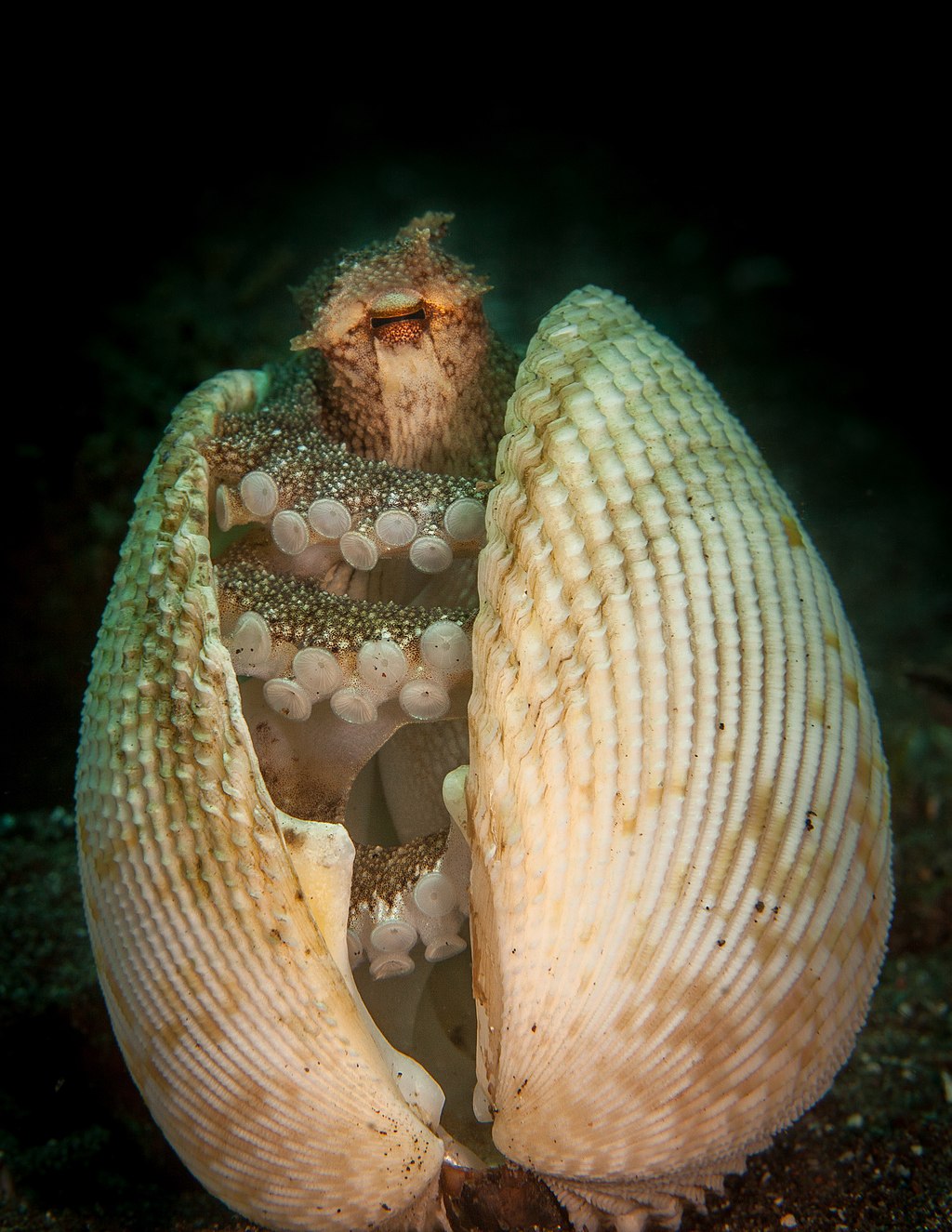
Octopuses aren’t just squishy escape artists—they’re clever tool users. In the wild, some species have been caught on camera carrying around coconut shells or clam halves, which they use like shields or hideaways when threatened.
They’ll stack the shells, transport them across the seafloor, and snap them together to create a mobile shelter. That’s premeditated, adaptive, and strategic. We invented briefcases. Octopuses invented natural body armour—and they don’t even have bones.
2. Trees using underground fungi to communicate and share resources
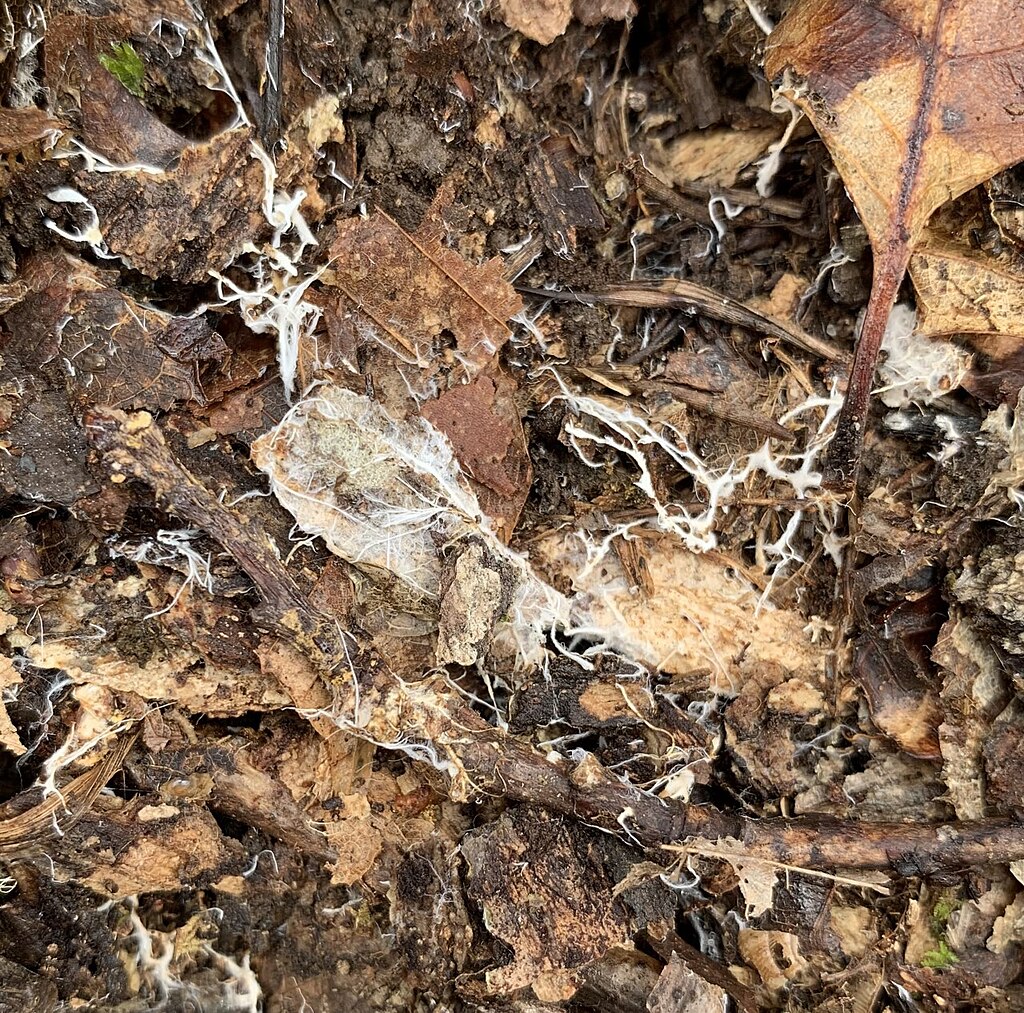
In forests, trees aren’t just competing for sunlight—they’re talking to each other. Through underground fungal networks known as mycorrhizae, trees send nutrients, warnings, and support to one another.
If one tree is sick, nearby trees might send extra nutrients its way. If insects start attacking, a tree might warn its neighbours to activate their chemical defences. It’s basically a support group with Wi-Fi built into the soil. No routers. No drama. Just quiet cooperation at scale.
3. Slime moulds solving complex mazes without a brain
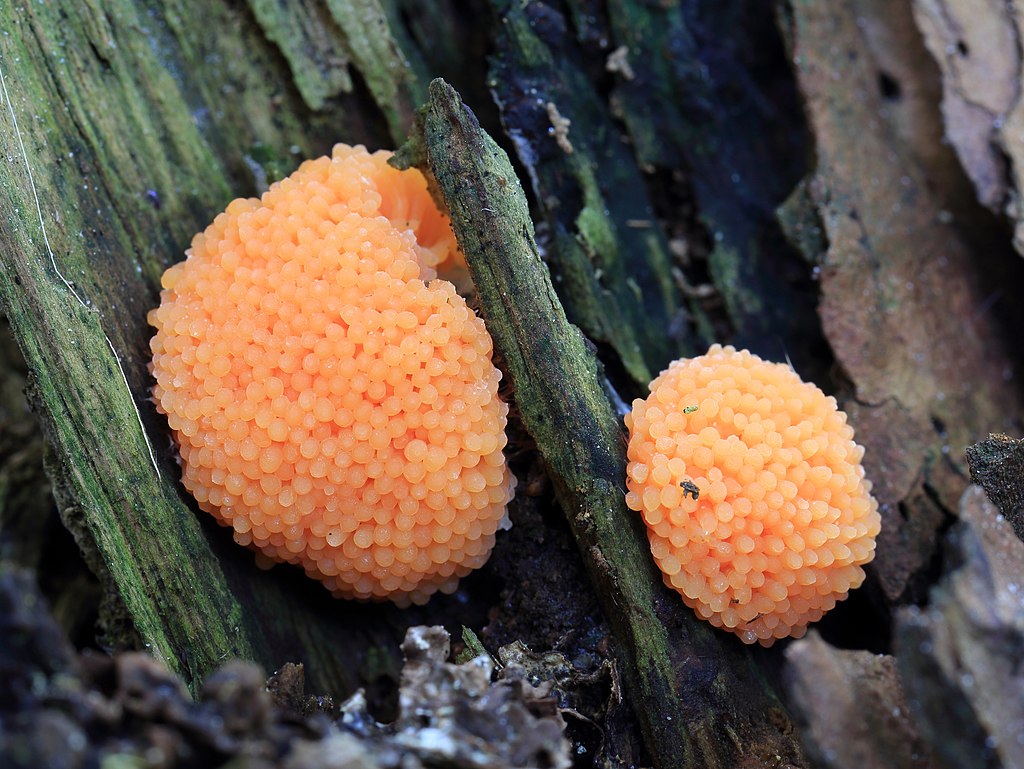
Slime moulds look like harmless goo—but give them a puzzle, and they’ll out-think you. In lab tests, they’ve been placed in mazes with food at the ends—and found the shortest, most efficient route.
This is without a nervous system, without memory, without eyes. Just chemistry and spatial logic in motion. They’ve even replicated Tokyo’s rail system more efficiently than human engineers did. No degrees, no meetings. Just results.
4. Termite mounds with natural air conditioning

Termites in Africa build massive mounds with built-in climate control. Their tunnels and chambers regulate air flow and temperature, keeping the colony cool during the day and warm at night—without electricity, fans, or thermostats. Architects now study termite mound design to create more energy-efficient buildings. Termites, with brains the size of pinheads, designed systems humans are only just starting to understand. That’s the kind of flex you don’t see coming.
5. Migratory birds navigating with Earth’s magnetic field
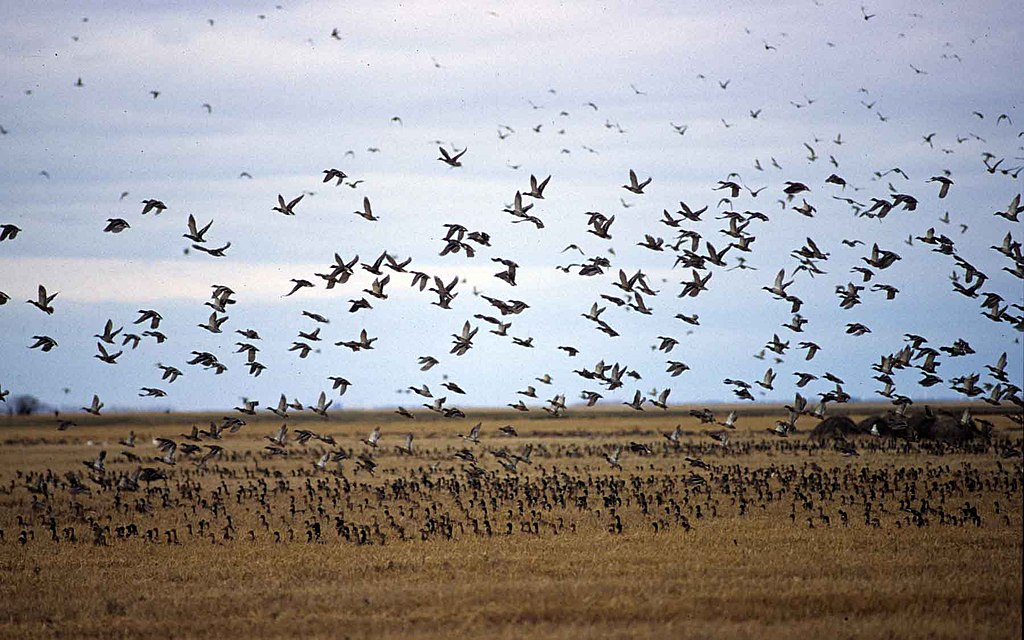
Many birds travel thousands of miles across continents to migrate—with no GPS, no compass, and no previous experience. How? They use Earth’s magnetic field like an internal navigation system, detecting magnetic variations in ways scientists are still studying. Some species even map entire routes in their brains and return to the same exact nesting spots every year. Meanwhile, we get lost leaving a car park if the GPS signal drops for five seconds.
6. Sea sponges filtering water with stunning efficiency
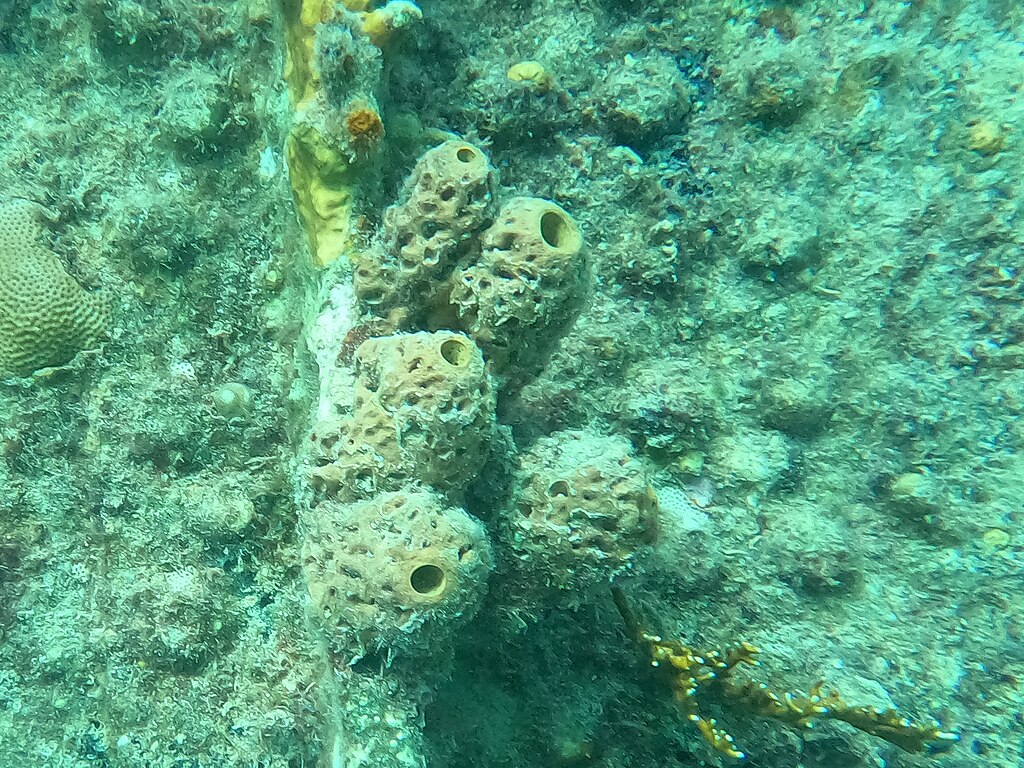
Sea sponges are some of the oldest living organisms on Earth, and yet their simplicity hides incredible design. They pump water through their bodies, filtering out bacteria and waste with nearly 100% efficiency, all without a single moving part. Researchers are using them as models to build low-energy water filtration systems. Sponges don’t just sit around. They’ve been quietly running natural purification systems since before dinosaurs existed.
7. Ants farming fungus and herding aphids
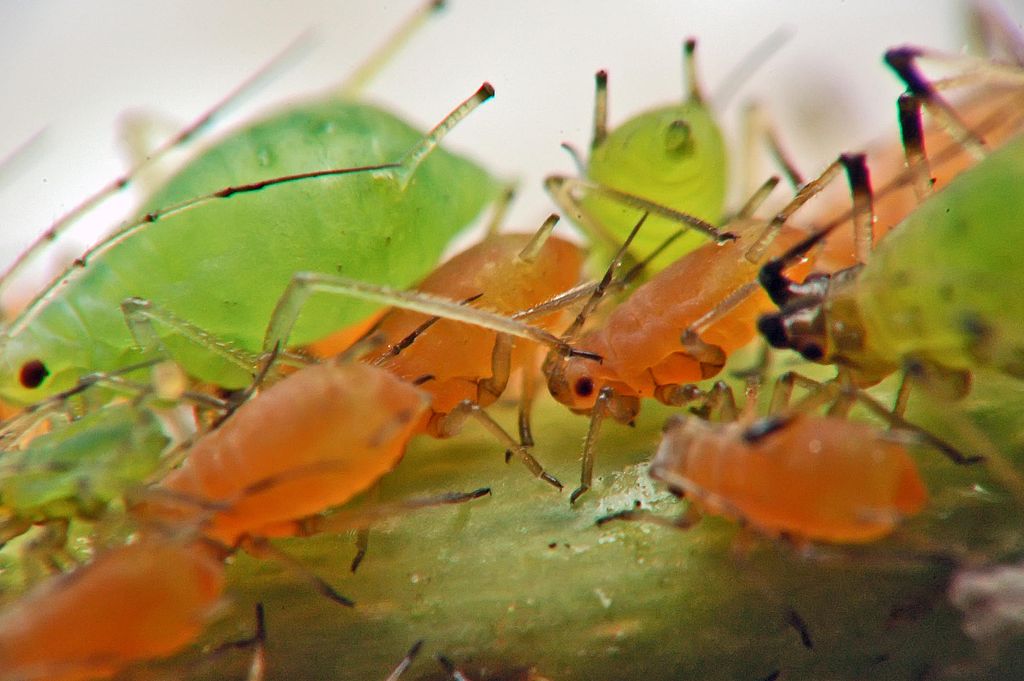
Ants aren’t just little scavengers. They’re farmers, ranchers, and urban planners. Leafcutter ants grow fungus deep underground by feeding it freshly cut leaves, essentially running micro-agriculture systems.
Other ant species “herd” aphids, protecting them in exchange for sweet honeydew secretions, just like miniature livestock. They even move their herds to better food sources. It’s next-level resource management from insects that don’t even have spreadsheets.
8. Elephants remembering individuals and showing deep empathy
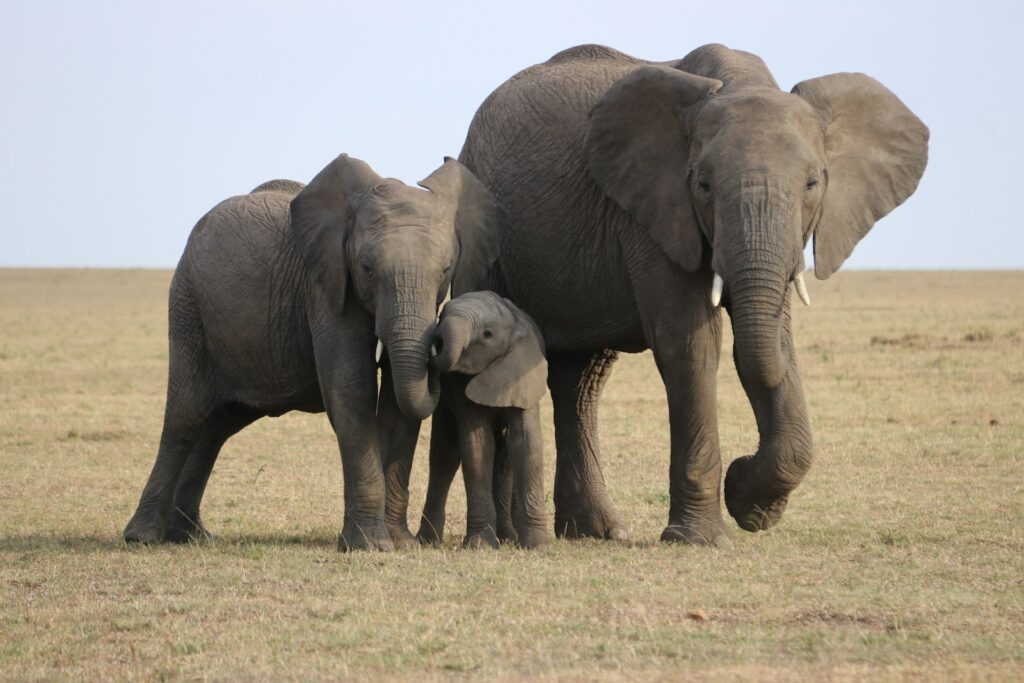
Elephants never forget, but it’s not just a saying—it’s neuroscience. They remember watering holes from decades ago, hold grudges, recognise long-lost family members, and even mourn their dead with touching rituals. They’ve been seen comforting each other, standing vigil by dying herd members, and revisiting sites where loved ones died. Emotional intelligence like that puts many of us to shame. No therapy apps required.
9. Spider silk stronger than steel and grown on demand
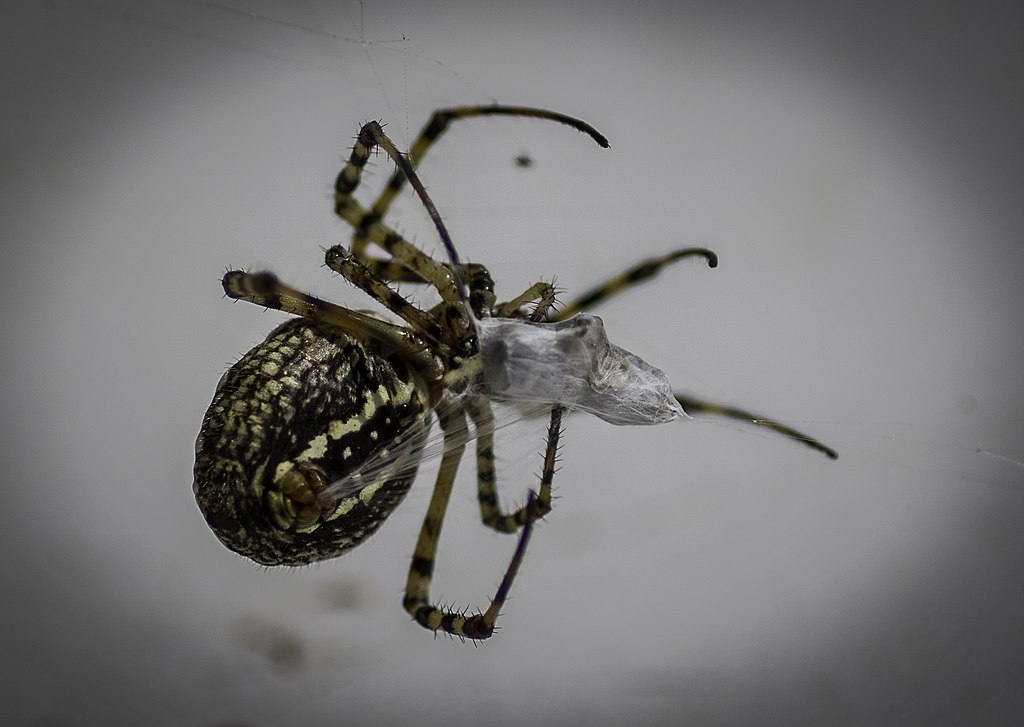
Spider silk is one of nature’s marvels. It’s stronger than steel by weight, more elastic than nylon, and biodegradable. And spiders produce it effortlessly from tiny glands, tailoring different silk types for different jobs—webs, egg sacs, rappelling lines.
Scientists have spent years trying to replicate it in labs using genetically modified goats, bacteria, and yeast—none quite as elegant or efficient. Nature’s been spinning high-performance material with zero waste since day one.
10. Arctic squirrels dropping their body temperature below freezing to survive winter
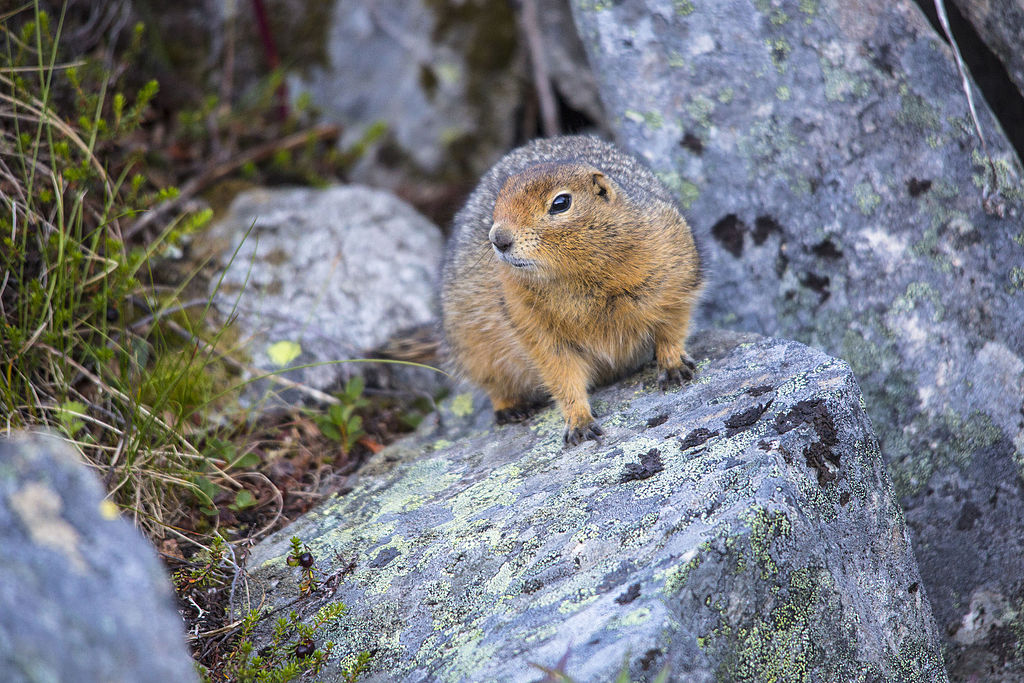
These squirrels don’t hibernate in the cosy way you’d expect. They freeze themselves—literally—bringing their body temperature below zero, heart rate to almost nothing, and brain activity to a near stop. Then, come spring, they thaw out and get back to business like it was no big deal. Scientists are studying them for clues on organ preservation and trauma care. It’s like cryogenic sleep, except it’s built-in biology.
11. Plants doing maths to ration food overnight
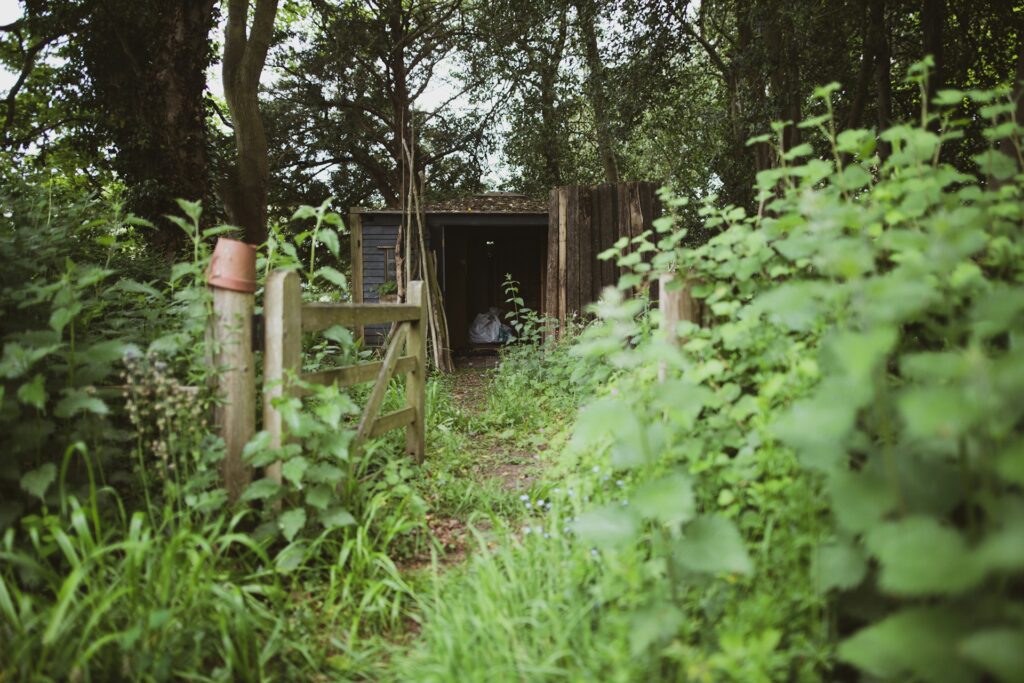
Yes, plants can do arithmetic. At night, when they can’t photosynthesise, some plants calculate how much starch to use based on how long the night will last. If sunset comes early, they adjust consumption so they don’t run out before sunrise. They divide stored energy by estimated time until dawn—and hit their mark with surprising accuracy. They don’t even have brains, and they still manage meal planning better than most of us.
12. Coral reefs building coastlines without blueprints
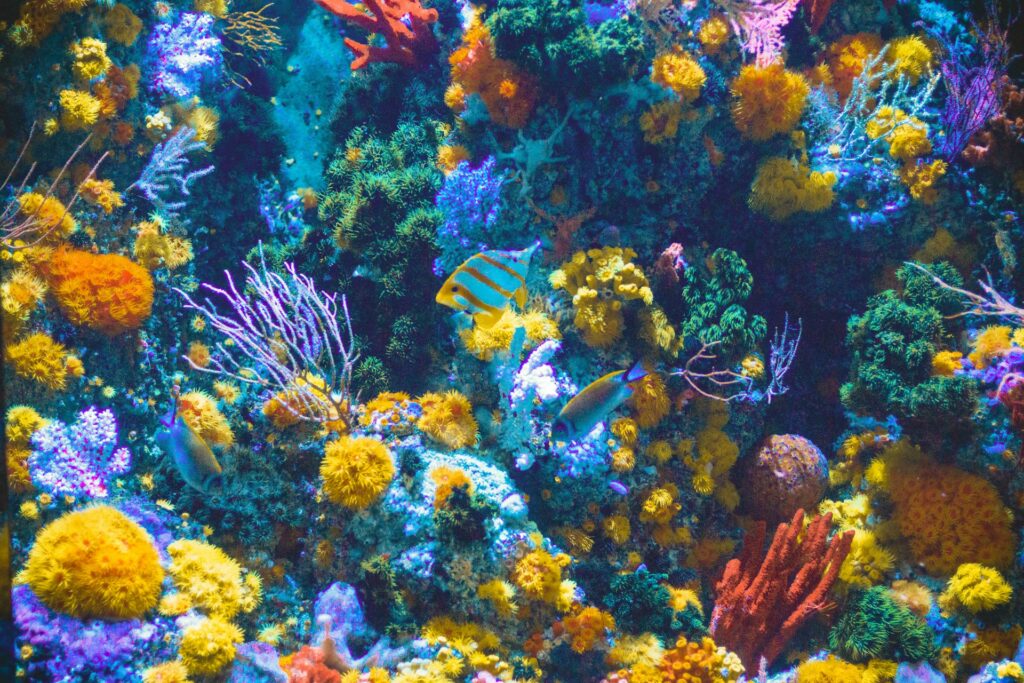
Corals create sprawling reef systems that protect entire coastlines from wave damage, support thousands of species, and stabilise marine ecosystems. Plus, they do it without architects, engineers, or cement mixers.
Their skeletal structures are resilient, renewable, and perfectly adapted to ocean dynamics. We’re only just learning how to mimic reef structures for climate resilience, while nature’s been doing it, silently and spectacularly, for millions of years.